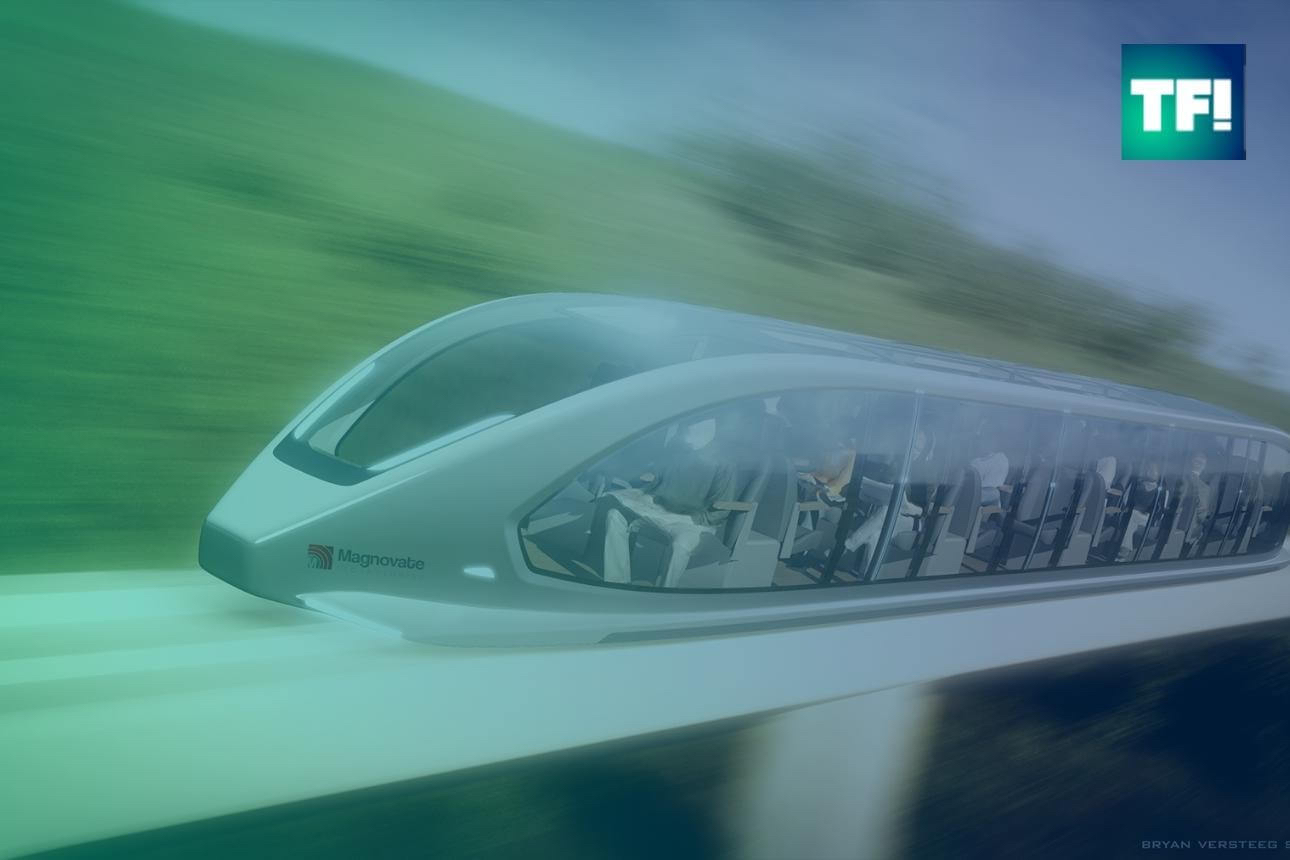17 Jan Tech for Impact : Could maglev trains be the answer to Asia’s transport – and traffic – problems?
Media Source : Tech for Impact


With Asia’s urban population growth on a steep upward trend, governments face the dual challenge of implementing efficient urban transport systems while managing pollution and emissions commitments.
One Canadian company believes it has a viable solution.
Toronto-based Magnovate senses an opportunity to scale in Asia with its maglev (magnetic levitation) technology for autonomous commuter transit.
The company’s maglev system, called Magline, has gathered significant attention with an advanced propulsion system, which it describes as “the next quantum leap in ground transportation.”
Maglev adoption has been slow worldwide although a handful of commercial services are up and running in the People’s Republic of China, Japan and South Korea.
Magnovate’s founder and president Dan Corns Corns hopes this budding interest picks up across the region.
“Many Asian cities are simply running out of space to build further roads,” he says.
“When a city like Jakarta or Manila reaches a certain level of congestion as they have, modern elevated systems are the only practical way to transport large amounts of people in and out of dense urban centers.”
After recently gaining approval to build North America’s first commercial maglev system in Toronto, Magnovate is now exploring alliances with several strategic partners to build networks in Asia.
Potential applications include resort pod links and high-speed inter-city systems. Magnovate’s technical team led South Korea’s urban maglev program, which laid the groundwork for an automated maglev line at Incheon Airport.
Clean mobility at scale
Magnovate’s expansion plans into Asia are highly compatible, says advisory board member Bill Russo. Shanghai-based Russo is also founder and CEO of strategy and investment advisory firm, Automobility.
“Global mobility technology start-ups like Magnovate thrive on markets that have the ability to aggregate demand for transportation on a massive scale,” he says.
With 15 years of experience as an automotive executive for Chrysler, most recently as leader of its business unit in Northeast Asia, Russo can see the next bend in the road quickly approaching.
“Emerging Asian markets have huge populations that are underserved with clean mobility services,” he adds. “Public and private partnerships are often brought to bear to deploy capital at such opportunities.”
The answer is high-speed, zero emissions transport of people and goods between urban and regional networks, Russo says.
“These solutions spur economic development around transportation hubs and help increase property value, which provides a return on the investment.”
Costs and ROI
Based on proprietary Halbach magnetic rotors, Magline’s high-speed track crossover ability provides seamless movement, vastly improving routing flexibility.
The system is suitable for a range of rail travel, from low-speed people movers at airports and theme parks to bulk freight haulers and 500 kph inter-city passenger networks.
An earlier version of this story was first published in Periphery’s cleantech report. Periphery is a research and publishing firm focused on driving business and trade opportunities between Asia and Canada.
That investment can be significant. The Asian Development Bank (ADB) says that over US$600 billion is needed annually to pay for developing Asia’s transit infrastructure leading to 2030.
The Magnovate systems could provide a feasible option, especially in Southeast Asia.
“Building a kilometer length of elevated light maglev is vastly cheaper, essentially one fifth the cost of regular rail, and because systems like Magline are built with modular construction methods, the installation time is much faster to complete,” Corns says.
“The narrow footprint of Magnovate’s elevated guideways is perhaps another of the company’s unique features, providing compatibility with existing roads, increasing potential route options and avoiding costly property acquisitions,” he adds.

‘Many Asian cities are running out of space to build further roads’ – Magnovate founder Dan Corns
Based on proprietary Halbach magnetic rotors, Magline’s high-speed track crossover ability provides seamless movement, vastly improving routing flexibility.
The system is suitable for a range of rail travel, from low-speed people movers at airports and theme parks to bulk freight haulers and 500 kph inter-city passenger networks.
An earlier version of this story was first published in Periphery’s cleantech report. Periphery is a research and publishing firm focused on driving business and trade opportunities between Asia and Canada.



Sorry, the comment form is closed at this time.